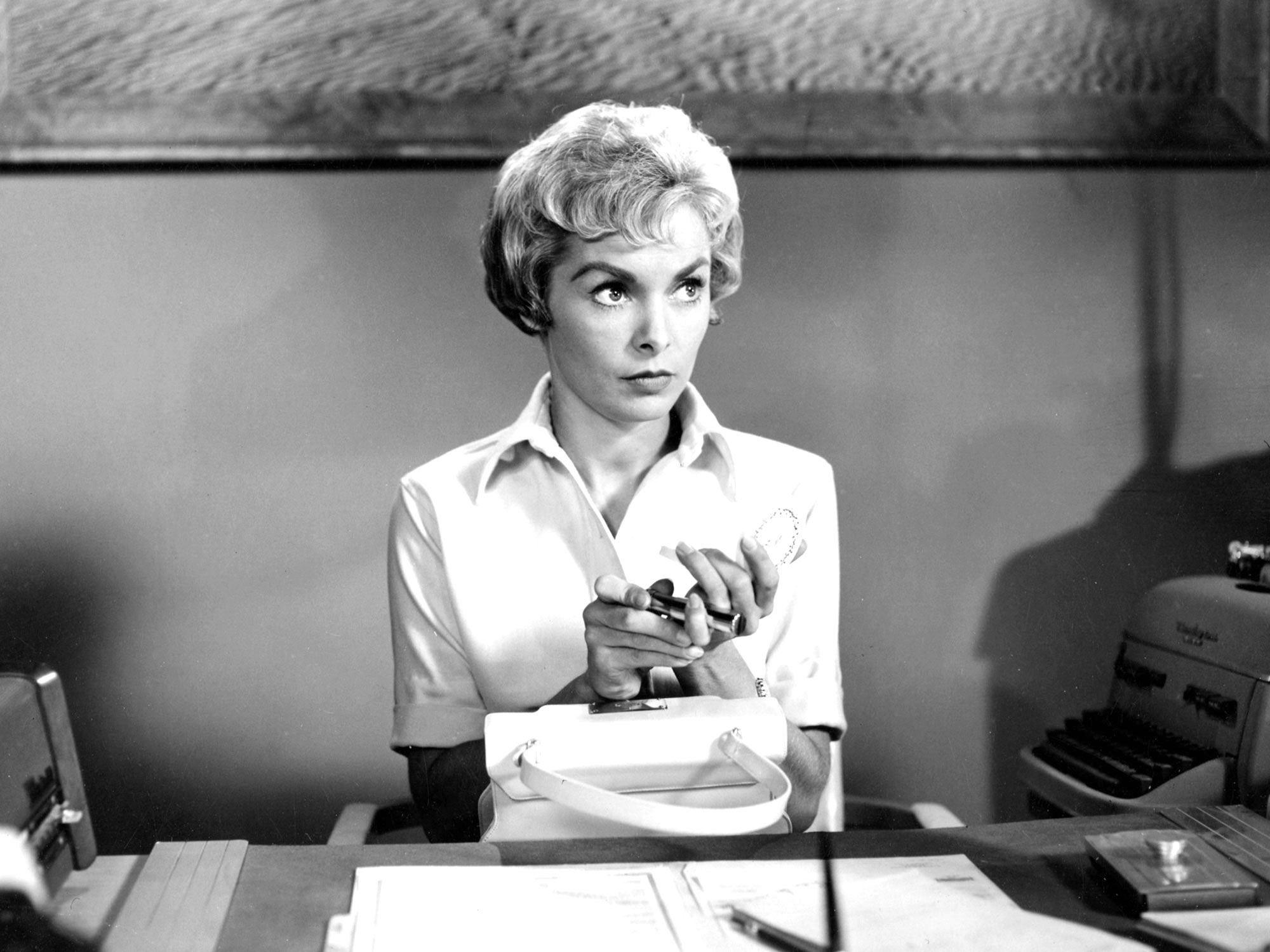
Alfred Hitchcock’s Psycho is rightly regarded as one of the most important works in cinema history. Combined with Bernard Herrmann’s shrieking score and Saul Bass’ title design, the pacing, editing and composition of each scene makes it a deeply unsettling viewing experience. But watching the film ahead of its 60th anniversary, I couldn’t help feeling deflated and patronised by the ending.
Hitchcock’s ability to manipulate his audience is what made him the master of suspense. The first 35 minutes place us in melodrama territory, with Janet Leigh driving the plot – only for the director to have her killed off. The first half of the film becomes a tension-filled build-up to Marion Crane’s murder; however, all that suspense is ruined by the psychologist’s explanation at the end, which strips the film of the mystery and fear that Hitchcock so impressively builds.
The Freudian explanation by a character otherwise irrelevant to the plot is the clearest example of mansplaining to any female viewer out there. The shock that Anthony Perkins’ boy-next-door turned out to be a cross-dressing serial murderer is completely unexpected, making the final attempted murder of Marion’s sister, Lila, still more terrifying. We are given a peek into the mysteries of Norman’s life and his relationship with his mother as he attempts to murder Lila dressed in his mother’s clothes.
Instead of leaving us to contemplate the complexities of Norman’s character and his maternal complex, Hitchcock opts to have a smug psychiatrist explain it all away. The theory so brazenly presented by Dr Richmond (Simon Oakland), who is only introduced at the end of the film, tells us precisely why Norman’s unhealthy relationship with his mother led him to murder. Bates’ closing internal monologue then becomes not frightening or climactic, but simply an image of someone suffering from mental illness.
According to professor Ian Banks, “The way the legacy of parents ensnares and entraps children is one of the recurrent themes in the film.” There are tidbits of information which demonstrate the Freudian complexes that the film will go on to explore, such as Marion wanting to turn her mother’s picture to the wall while having sex with Sam, or Mr Cassidy’s talk of his daughter (whom he refers to as his ‘baby’). These subtleties help the viewer pick up clues of Bates’ oedipal relationship with his mother in a way that is neither patronising nor over-explained.
There was an increasing interest in Freud in American Cinema in the late 1940s and early ’50s, and many of Hitchcock’s films, such as Spellbound, Vertigo and Rear Window, are filled with Freudian theories. Although modern viewers are more used to these complex theories appearing on screen, even a contemporary audience does not require a detailed explanation behind Bates’ motivation.
This makes the superimposed image of Bates’ mother’s skull on his face not mysterious or scary but instead somewhat obvious, as the psychiatrist has just explained: “In Norman’s case, the battle is over… and the dominant personality has won.”
The post Why mansplaining ruins Alfred Hitchcock’s Psycho appeared first on Little White Lies.
![Forest Essentials [CPV] WW](https://s3-us-west-2.amazonaws.com/pcw-uploads/logos/forest-essentials-promo-codes-coupons.png)
0 comments